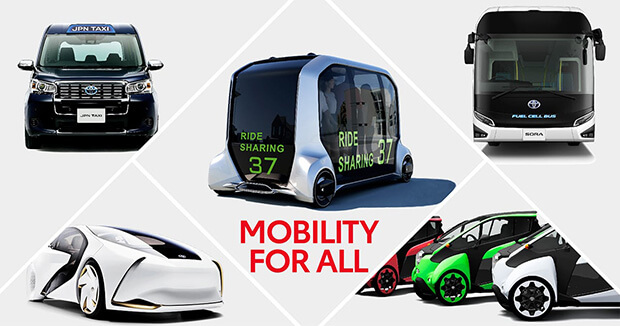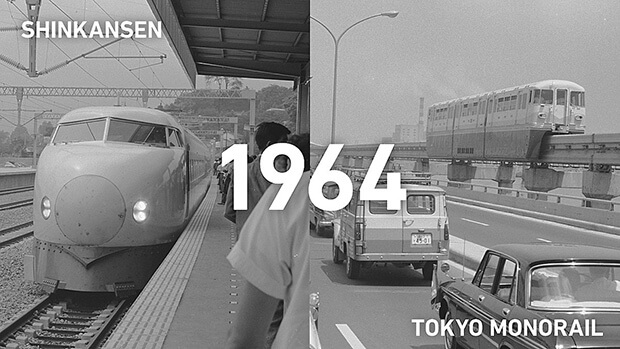Autonomous Electric Vehicles Will Keep The Tokyo 2020 Olympics Moving

In 2020, Tokyo City in Japan will host the Olympics for the second time. Tokyo hosted the Olympics back in 1964, but not only has the event grown since then but also the city itself has grown unrecognisably since that time also, with Tokyo being the most populated city on earth, with approximately 38,140,000 people.
The main city of Tokyo has a population of around 15 million, but on top of this, it is expected that 15 million visitors will add to this already huge population surging central Tokyo city to a population of over 30 million.
With a massive population as this, you would need a massive and efficient transport system infrastructure just to accommodate the masses. Fortunately, Tokyo has a great reputation for effective urban mobility. The public transport system in Japan is world class, clean and efficient.
Technology, though, will contribute to even more efficiency in the run-up to the 2020 Olympics. The city plans to roll out autonomous electric vehicles to help the commuting masses get to where they need to be at Tokyo 2020.
Toyota, who is an official Olympic partner, outlined how it wanted to use its e-Palette autonomous vehicle to transport athletes, the media and officials around the Olympic village.
At this stage, it is not known whether driverless cars will go beyond the confines of the Olympic village but this could be a possibility.
Driverless cars have been encouraged for some time in Japan and the Japanese government hoping autonomous vehicles can be on Japan’s roads by 2020. There have also been limited trials of autonomous taxis.
Whatever happens in the next couple of years though in the run-up to the Olympics, connected cars will help keep the Olympics moving. Toyota’s fleet of cars will be powered by the Toyota Mobility Services Platform, which comprises elements such as telematics, traffic and vehicle data and fleet management. Electric buses will also be employed during the games.
Toyota has huge ambitions for a sustainable and effective transportation for the event and is looking for massive transport mobility for all. Toyota President Akio Toyoda said:
“The freedom of being mobile is at the heart of being able to participate in society,”
“If someone wants to take on a challenge and moving is what is preventing them from doing so, Toyota would like to help tackle that problem. We want mobility to be a possibility, not an obstacle. By being involved with the Olympics, the Paralympics and the Special Olympics Games, I hope that Toyota will come to respect everyone’s uniqueness and embrace diversity.
Tokyo 2020 and its partners are looking at other ways to improve transportation. In a bid to break down the language barrier, Panasonic has tried a new colour-coded travel map at Haneda airport. The map shows the simplest way to get to popular destinations, but visitors can also use a smartphone application that translates the text into different languages and provides directions using beacon-like technology.
Autonomous mobility scooters could take passengers that require assistance to their gate, using lasers to detect obstacles. Meanwhile, street hubs will display advertising and emergency information and provide public Wi-Fi networks.
Today, Japan is famous for its bullet trains, but did you know that these trains were th big transportation feature of the 64 Olympics? It is hoped that new innovations and technologies will also leave a legacy on the 2020 Tokyo Olympics making these innovations just as significant.

Author

Justin Kavanagh
Justin Kavanagh is a recognised leader
in automotive intelligence and vehicle
data supply to the entire motor industry.
He has almost 20 years experience in
building systems from the ground up.
As the Managing Director of Vehicle
Management System, he understands the
need and importance of trustworthy and
reliable vehicle history and advice to
both the trade and the public.
Follow me on LinkedIn